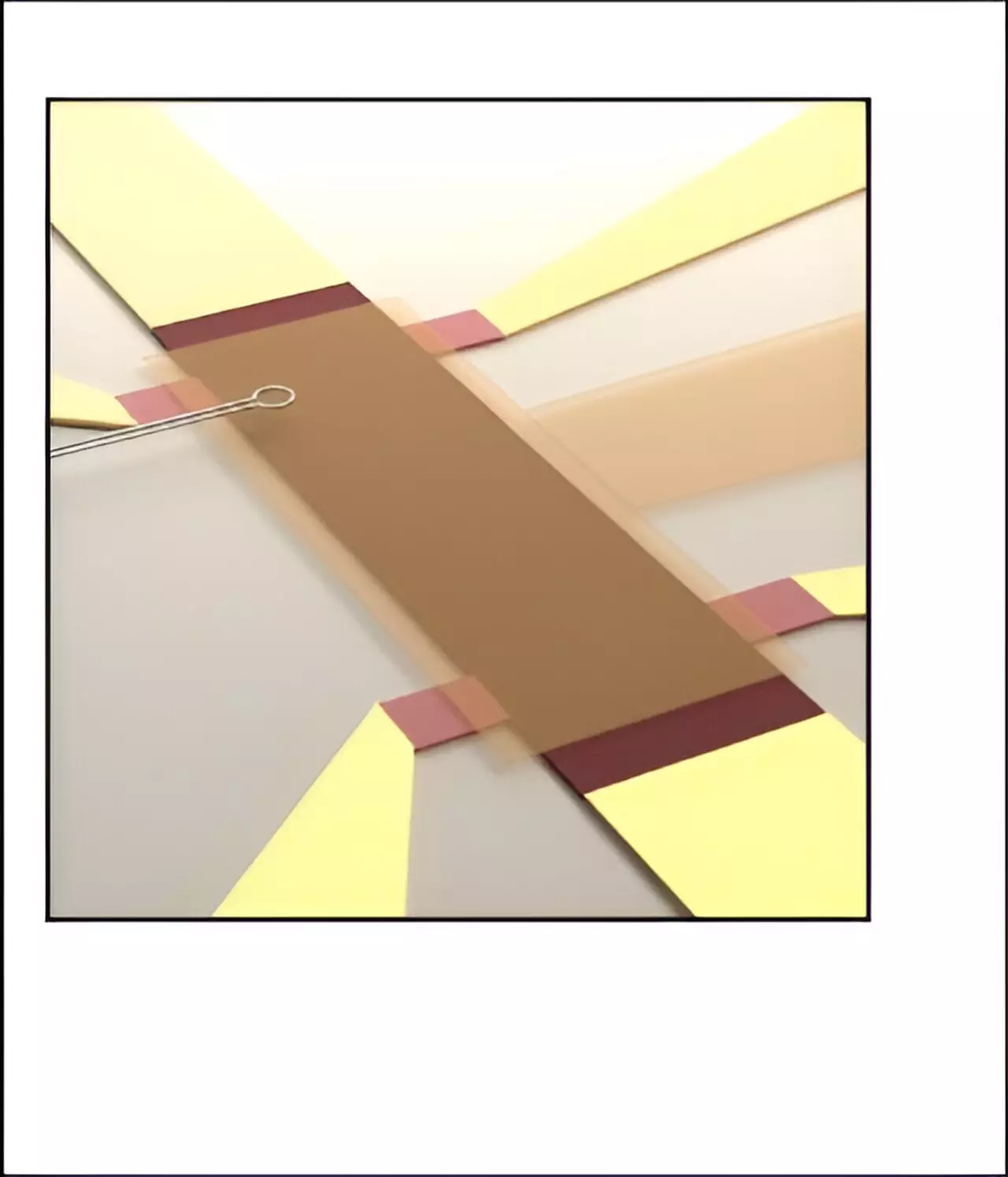The study of topological states of matter represents one of the most profound shifts in modern physics, echoing discoveries that have altered fundamental understandings of material properties and quantum mechanics. While topological protection has unveiled remarkable resilience of certain physical phenomena—such as the quantized states in the quantum Hall effect—it has also engendered a layer of obscurity, aptly termed “topological censorship.” This phenomenon results in the suppression of granular microscopic information about these states that could yield valuable insights into their nature.
Understanding Topological Protection and its Limitations
Topological protection arises from the underlying geometric attributes of wavefunctions associated with quantum states, allowing for extreme stability against perturbations from external influences like disorder or deformation. Such robustness has notable practical implications, particularly in the realm of quantum computing, where it is hoped that it will allow for the safeguarding of delicate quantum information against decoherence.
Nevertheless, the embrace of topological protection comes at a paradoxical cost; the very mechanisms that grant stability simultaneously cloak the micro-level characteristics critical for thorough comprehension. Consequently, researchers have had to navigate a field dominated by vibrant universal properties that fail to reveal the intricate behaviors occurring at the local scale. The comparison to black holes aptly illustrates this conundrum: much like the information concealed within a black hole’s event horizon, local behaviors of quantum states remain hidden, prompting a dearth of experimental avenues for exploration.
Recent experimental work emerging from laboratories in Stanford and Cornell has prompted fresh perspectives on this phenomenon, specifically regarding Chern insulators—a class of topological materials that do not require external magnetic fields to exhibit quantum Hall effects. Initially theorized by Duncan Haldane in 1988, Chern insulators remained a theoretical construct until their experimental realization in 2009. The curiosity surrounding these materials has surged since, particularly as experiments began to reveal unexpected behaviors that run contrary to established theoretical expectations.
Traditionally, theorists posited that the quantum Hall effect primarily relies on edge states. The assumption was straightforward: charge carriers should predominantly track along the edges of these materials. However, the findings from recent experiments suggested a more nuanced picture. Instead of the anticipated edge-constrained movement, researchers identified a substantial bulk flow of current that defied the long-held narratives surrounding these topological states.
In an exceptional collaborative effort, Douçot, Kovrizhin, and Moessner have produced a comprehensive theoretical framework that reconciles these experimental revelations by elucidating the mechanisms allowing for bulk current flow within Chern insulators. Their findings dramatically challenge the established narrative of topological censorship, revealing a meandering edge state that conducts a topologically quantized current—a phenomenon unheard of in traditional quantum Hall effect discussions.
The implications of this research extend beyond theoretical curiosities; they open avenues for harnessing new functionalities in quantum computers and other areas of condensed matter physics. By detailing how the current can propagate through broad and swirling channels—akin to streams navigating through a marshy terrain—the authors emphasize an expanded understanding of conduction pathways in these exotic materials.
This novel perspective turns attention to previously neglected aspects of quantum states, compelling scientists to rethink the existing frameworks that have been used for decades. By shedding light on local current distributions, the study provides a significant step towards overcoming topological censorship and revitalizing an avenue of research that had been impeded by a lack of experimental data.
It is evident that the curtain of topological censorship is beginning to lift, demonstrating how an enriched understanding of these states could revolutionize both theoretical and applied physics. The extent to which future experiments can harness this newfound insight remains to be seen, but the research serves as a clarion call for advancing not only theoretical exploration but also practical applications of topological materials.
As scientists actively pursue new experimental techniques to probe the microscopic behaviors of Chern insulators and similar materials, the potential for breakthroughs affecting quantum computing, data protection, and next-generation material science is tantalizing. The revelation from Douçot, Kovrizhin, and Moessner represents both a culmination of ongoing inquiry and a springboard into an uncharted landscape where the richness of microscopic information can yield formidable advancements in our understanding of the quantum world.

